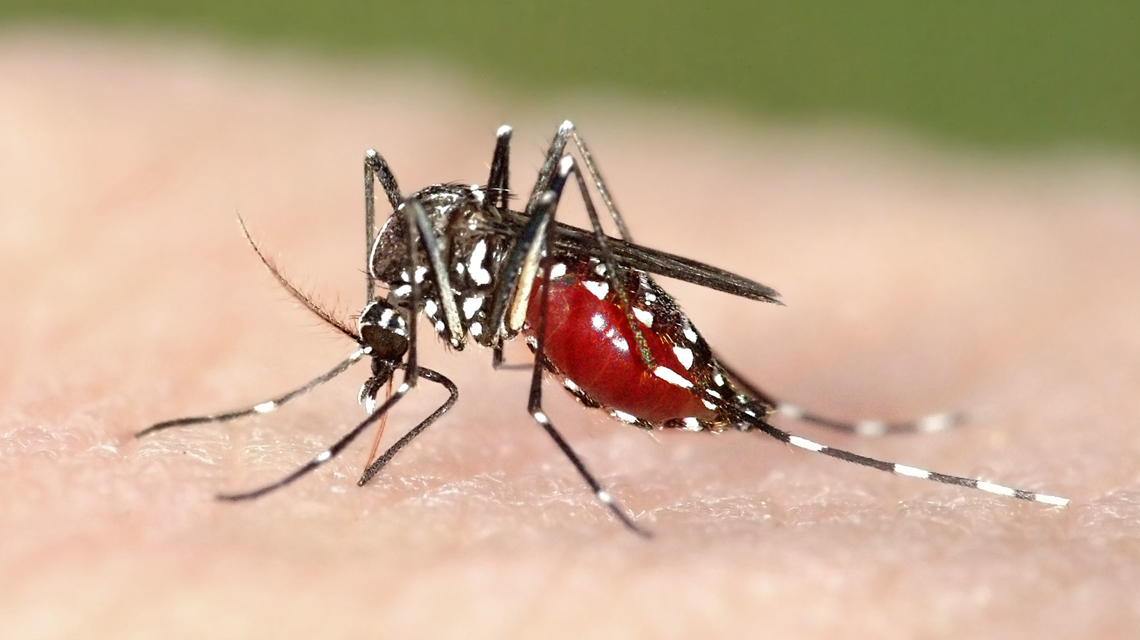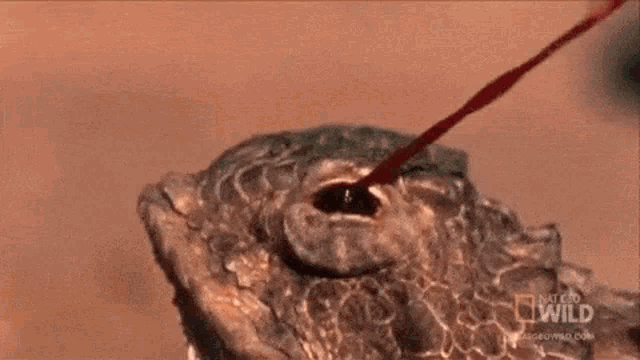This is the title of Charles Darwin's groundbreaking 1859 book that introduced the theory of natural selection.
What is "On the Origin of Species"?
any external factor that influences the survival and reproduction of individuals in a population
what is a selection pressure?
This term refers to the preserved remains or traces of organisms from the past, which provide evidence for evolution.
What are fossils?
What is a fossil?
Another term for selective breeding
what is artificial selection?
This Australian mammal lays eggs but still produces milk, an oddity in the mammal world.
What is a platypus?
or
What is an echidna?
an organism or cell that is genetically identical to another organism or cell
What is a clone?
Well-known examples of adaptive radiation, studied by Charles Darwin in the Galápagos Islands, contributed significantly to his theory of natural selection.
What are Darwin's Finches?
The process by which unrelated organisms evolve similar traits due to similar environmental pressures is called this.
What is convergent evolution?
A structure with no function in a living species suggests that it descended from an ancestor that used the structure.
What is a vestigial structure?
the process involves the adaptation of wild species into cultivated forms through selective breeding, such as dogs from wolves
What is domestication?
An Arctic mammal has a spiral tusk that was once thought to be a unicorn's horn, though it actually evolved from a tooth.
What is a narwhal?
The environmental factor which determines whether hydrangea flowers will be blue, pink, or purple.

What is soil pH?
This island group was crucial to Darwin's development of his theory of evolution, where he observed diverse species in different environments.
:max_bytes(150000):strip_icc()/galapagos-islands-ecuador-GALAPA1104-d013219debf14369ab5039a4eafb496e.jpg)
What are the Galápagos Islands?
This concept explains how small genetic changes can accumulate over time, leading to the emergence of new species.
What is speciation?
A respiratory protein, often compared across species, shows similarities that indicate evolutionary connections.
What is cytochrome C?
the bacterial strain that is known for its resistance to methicillin, that commonly causes infections in healthcare settings.
What is MRSA (Methicillin-Resistant Staphylococcus aureus)?
This marsupial’s fingerprints are so similar to humans' that they’ve been mistaken at crime scenes.
What is a koala?
The process of adding a CH3 group to DNA to reduce expression of a gene.
What is Methylation?
This ship is famous for taking Charles Darwin on his pivotal voyage from 1831 to 1836, during which he made observations that led to his theory of evolution
What is the HMS Beagle?
Body parts of organisms that perform a similar function but differ in underlying structure.
What is an Analogous structure?
the name of the prehistoric creature that is often considered the missing link between dinosaurs and birds
What is the Archaeopteryx?
The pesticide used to kill mosquitoes that spread malaria
What is DDT?
What is dichlorodiphenyltrichloroethane?
A reptile that can shoot blood from its eyes as a defense mechanism.
What is a horned lizard?
The stress hormone. Individuals exposed to trauma often exhibit elevated levels.
What is cortisol?
This naturalist, who independently formulated a theory of evolution by natural selection around the same time as Charles Darwin
Who is Alfred Wallace?
is crucial for a population's ability to adapt to changing environments and survive selective pressures, contributing to the evolutionary process.
What is the importance of genetic variation in a population for evolution?
they develop into Eustachian Tubes, Tonsils, Thyroid Gland, Parathyroid Glands
What do pharyngeal slits become in humans?
using techniques like DNA analysis and assisted reproduction to increase genetic diversity and support the recovery of the critically endangered species like the white rhino
What is conservation genetics?
A tiny animal has the unique ability to reverse its life cycle, effectively becoming biologically immortal. When faced with injury, illness, or other stresses, it can revert its cells to an earlier stage of development, turning back into a polyp, the earliest form of its life cycle. It can then grow into an adult again.
What is an immortal jellyfish (Turritopsis dohrnii)?
These animals have thick fur that changes from a brownish-gray in summer to a white coat in winter. Decreased daylight triggers epigenetic modifications that silence genes responsible for producing pigments in the fur.
What is the Arctic Fox?
(also accept Snowshoe Hare or Ermine)